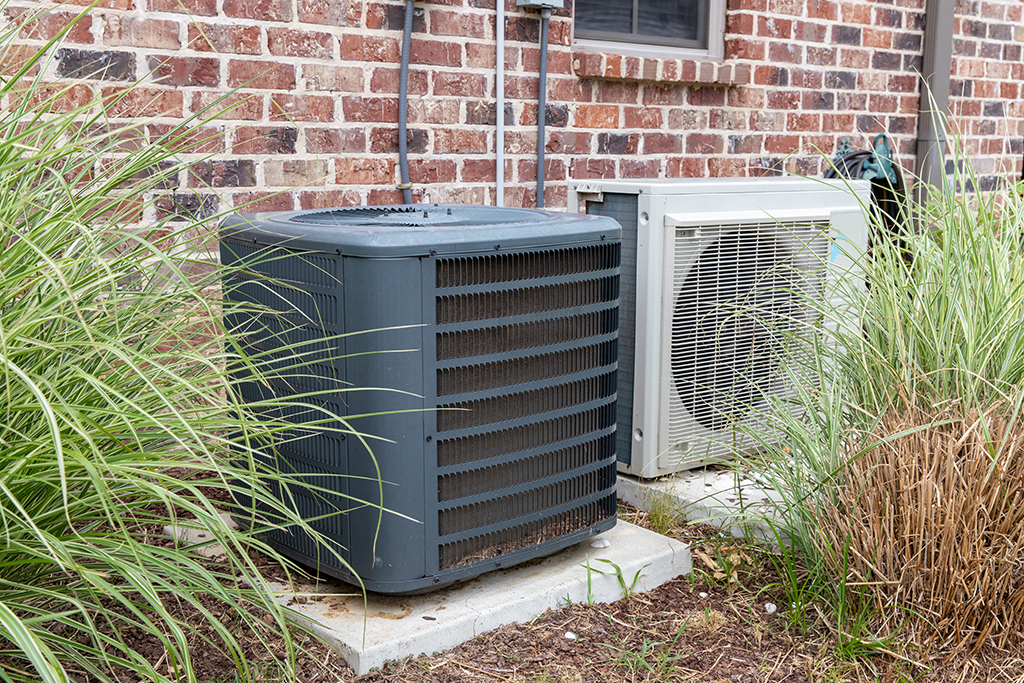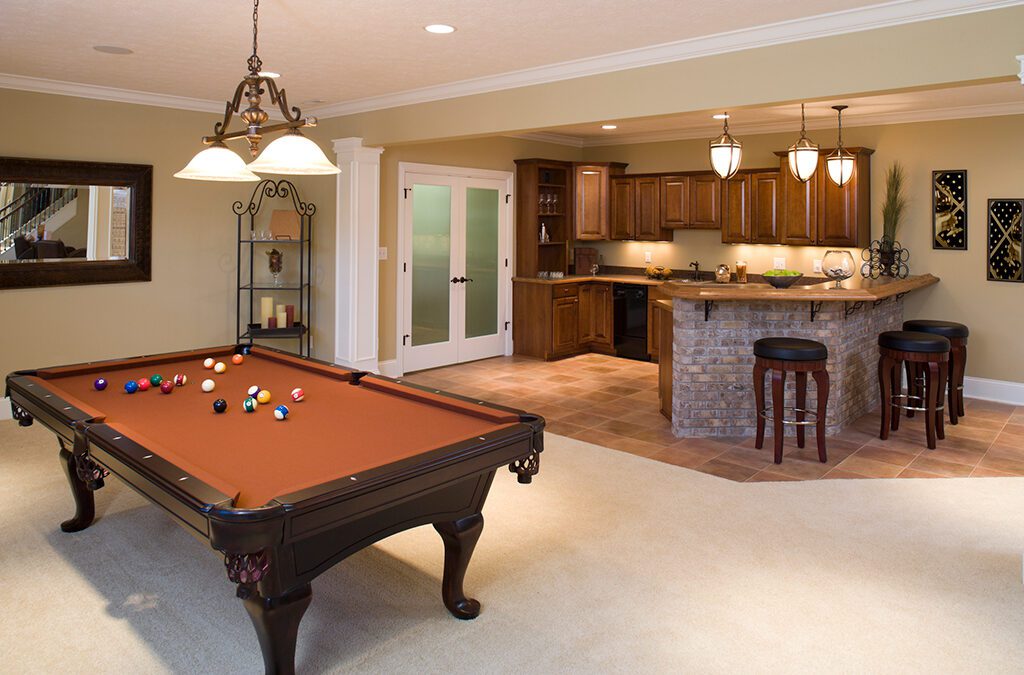Photo By C5 Media at Shutterstock
When it comes to heating and cooling your home in Cleveland, TN, it is essential to choose the right HVAC system. Each type of system offers unique features, and understanding these options can save you money and improve comfort. Whether you’re upgrading your current unit or installing a new one, here is a helpful guide to the most common heating and AC systems in Cleveland TN.
Central Air Conditioning Systems
Central air conditioning systems are the most popular choice for homeowners. These systems feature an outdoor unit that expels heated air and an indoor evaporator coil that cools the air before circulating it throughout the home.
The main advantage of a central system is its ability to cool the entire home efficiently. It works through a network of ducts, and the air is distributed evenly. The system also includes a furnace fan that filters allergens and dust particles to improve indoor air quality.
Split Central Air Conditioner
Split central systems are among the most reliable and cost-effective HVAC options. These units use refrigerant to cool and dehumidify the air, and they come with a thermostat for easy control. Split systems are ideal for whole-home cooling and heating, making them a great investment for homeowners.
Hybrid Split System
A hybrid split system is a step up from a traditional split system. It offers both electric and gas-powered heating options, allowing homeowners to switch between the two for optimal energy savings. These systems are perfect for regions with moderate climates, where extreme cold is less of a concern.
Duct-Free Mini-Split Systems
For homes without existing ductwork, duct-free systems—also called mini-splits—are an excellent solution. They are installed in individual rooms and connected to an outdoor compressor. Each unit can be controlled independently, which is especially useful in spaces like garages, home additions, or guest rooms.
While duct-free systems are highly efficient, they are more expensive to install and require regular cleaning to ensure optimal performance.
Packaged Heating and AC Systems
Packaged systems are compact units that include both heating and cooling components in a single design. These systems are typically installed in attics, on rooftops, or in small spaces, making them ideal for homes with limited square footage.
A packaged system works by drawing in warm air, cooling it, and then pushing the chilled air back into the home. While these units are compact and convenient, their heating capabilities are not as powerful, so they are best suited for homes in warmer climates.
Key Considerations When Choosing an HVAC System
When selecting the right HVAC system for your home, there are a few important factors to consider:
- Climate: If you live in a mild climate, a hybrid or packaged system may be more energy-efficient. For areas with hotter summers, a split central air system is often the best option.
- Space: Homes with limited space can benefit from packaged systems or duct-free mini-split units.
- Budget: While duct-free and hybrid systems may cost more upfront, their energy efficiency can save you money in the long run.
Why Professional Installation Matters
Installing the right system is only half the battle. Proper installation and maintenance play a critical role in the performance and lifespan of your HVAC unit. Professional technicians ensure your system is installed correctly, sized appropriately for your home, and maintained to operate at peak efficiency.
If you’re unsure which HVAC system is right for your home, the experts at Metro Plumbing, Heating, and Air are here to help. From consultation to installation, we provide the best solutions for heating and AC systems in Cleveland TN.
Call Metro Plumbing, Heating, and Air Today
Are you ready to upgrade your HVAC system or install a new one? Contact Metro Plumbing, Heating, and Air for expert advice and professional service in Cleveland, TN.
Call (423) 855-0967 or email info@metropha.com to schedule an appointment today. Let us help you find the perfect heating and AC system for your home!




